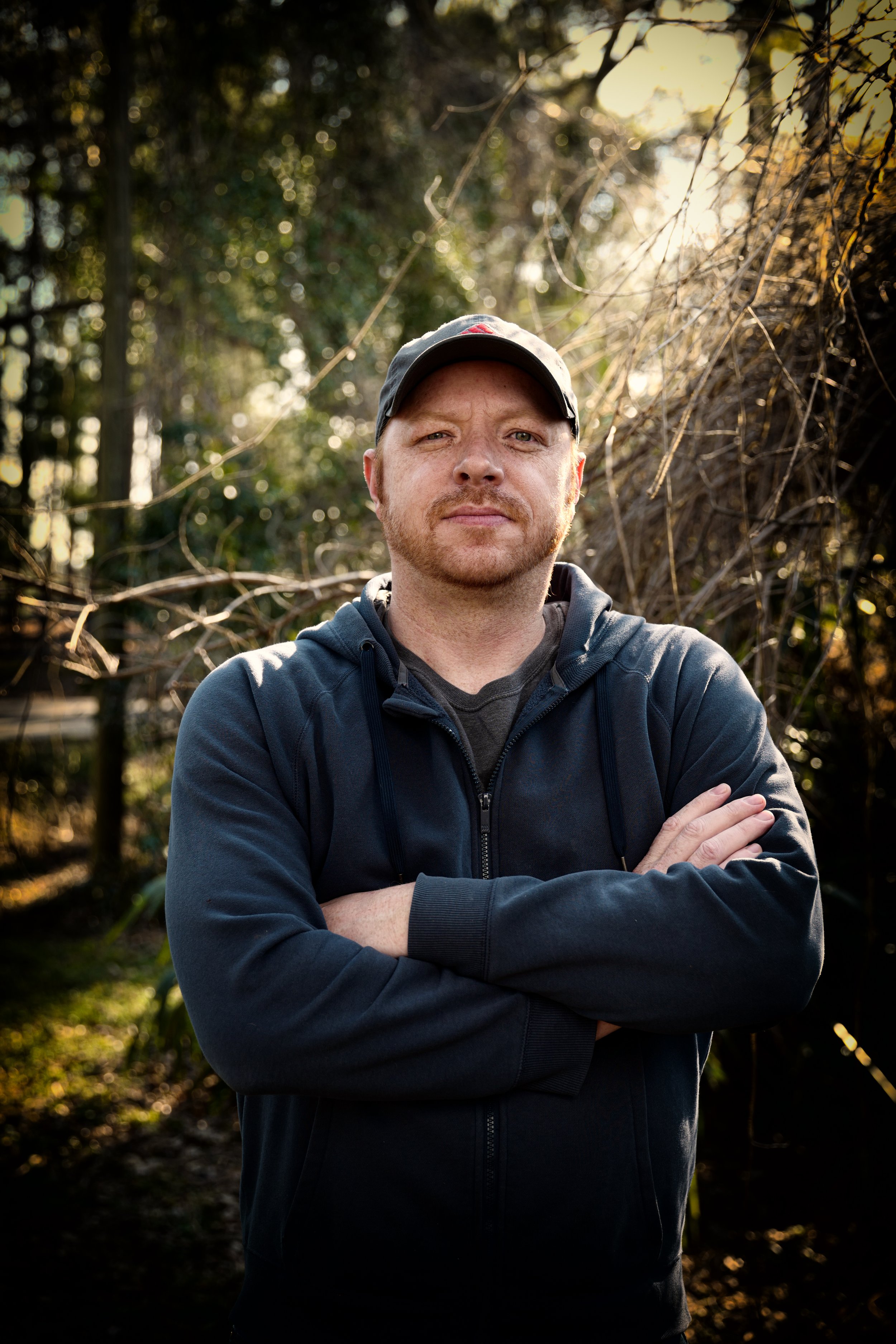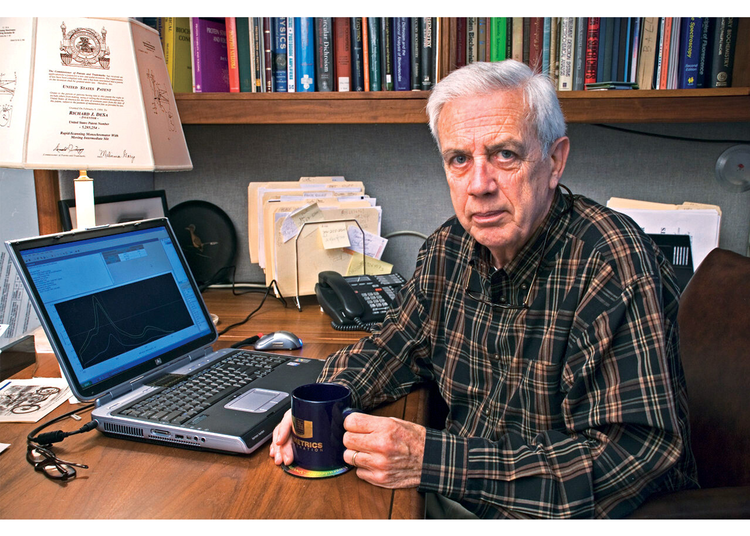Facts About Circularly Polarized Luminescence Uncovered
Facts About Circularly Polarized Luminescence Uncovered
Blog Article
Uv/vis for Dummies
Table of ContentsNot known Factual Statements About Circularly Polarized Luminescence The Of Circularly Polarized LuminescenceUv/vis/nir Fundamentals ExplainedFacts About Circular Dichroism UncoveredSpectrophotometers Things To Know Before You Get This

Although spectrophotometry is most commonly applied to ultraviolet, noticeable, and infrared radiation, contemporary spectrophotometers can interrogate large swaths of the electro-magnetic spectrum, consisting of x-ray, ultraviolet, noticeable, infrared, and/or microwave wavelengths. Spectrophotometry is a tool that depends upon the quantitative analysis of particles depending on just how much light is taken in by colored compounds.
Top Guidelines Of Uv/vis/nir
A spectrophotometer is commonly used for the measurement of transmittance or reflectance of solutions, transparent or nontransparent solids, such as polished glass, or gases. Although numerous biochemicals are colored, as in, they take in visible light and for that reason can be determined by colorimetric treatments, even colorless biochemicals can typically be converted to colored compounds ideal for chromogenic color-forming responses to yield compounds ideal for colorimetric analysis.: 65 Nevertheless, they can likewise be designed to determine the diffusivity on any of the listed light ranges that normally cover around 2002500 nm utilizing different controls and calibrations.
An example of an experiment in which spectrophotometry is utilized is the decision of the balance constant of an option. A specific chain reaction within an option may take place in a forward and reverse instructions, where reactants form items and items break down into reactants. Eventually, this chemical reaction will reach a point of balance called a balance point.
Some Ideas on Uv/vis You Should Know
The amount of light that passes through the solution is indicative of the concentration of particular chemicals that do not enable light to go through. The absorption of light is because of the interaction of light with the electronic and vibrational modes of molecules. Each kind of molecule has a private set of energy levels associated with the makeup of its chemical bonds and nuclei and therefore will take in light of particular wavelengths, or energies, resulting in unique spectral residential or commercial properties.
They are widely used in numerous markets including semiconductors, laser and optical production, printing and forensic examination, as well as in labs for the research study of chemical compounds. Spectrophotometry is often utilized in measurements of enzyme activities, determinations of protein concentrations, decisions of enzymatic kinetic constants, and measurements of ligand binding reactions.: 65 Eventually, a spectrophotometer is able to determine, depending on the control or calibration, what substances are present in a target and precisely how much through estimations of observed wavelengths.
This would come as a solution to the previously developed spectrophotometers which were not able to soak up the ultraviolet correctly.
The Facts About Circular Dichroism Revealed
It would be found that this did not provide satisfactory outcomes, for that reason in Design B, there was a shift from a glass to a quartz prism which permitted better absorbance results - UV/Vis (https://linktr.ee/olisclarity1). From there, Model C was born with a change to the wavelength resolution which wound up having three units of it produced
It was produced from 1941 to 1976 where the price for it in 1941 was US$723 (far-UV devices were an option at additional expense). In the words of Nobel chemistry laureate Bruce Merrifield, it was "most likely the most essential instrument ever established towards the development of bioscience." Once it became ceased in 1976, Hewlett-Packard produced the very first commercially available diode-array spectrophotometer in 1979 referred to as the HP 8450A. It irradiates the sample with polychromatic light which the sample soaks up depending upon its homes. It is transferred back by grating the photodiode variety which finds the wavelength area of the spectrum. Ever since, the production and application of spectrophotometry gadgets has increased tremendously and has become one of the most innovative instruments of our why not try this out time.

The Uv/vis/nir Ideas
Historically, spectrophotometers use a monochromator including a diffraction grating to produce the analytical spectrum. The grating can either be movable or repaired. If a single detector, such as a photomultiplier tube or photodiode is utilized, the grating can be scanned step-by-step (scanning spectrophotometer) so that the detector can measure the light strength at each wavelength (which will represent each "step").
In such systems, the grating is repaired and the intensity of each wavelength of light is measured by a various detector in the range. When making transmission measurements, the spectrophotometer quantitatively compares the fraction of light that passes through a reference service and a test option, then electronically compares the strengths of the 2 signals and calculates the portion of transmission of the sample compared to the reference requirement.

Report this page